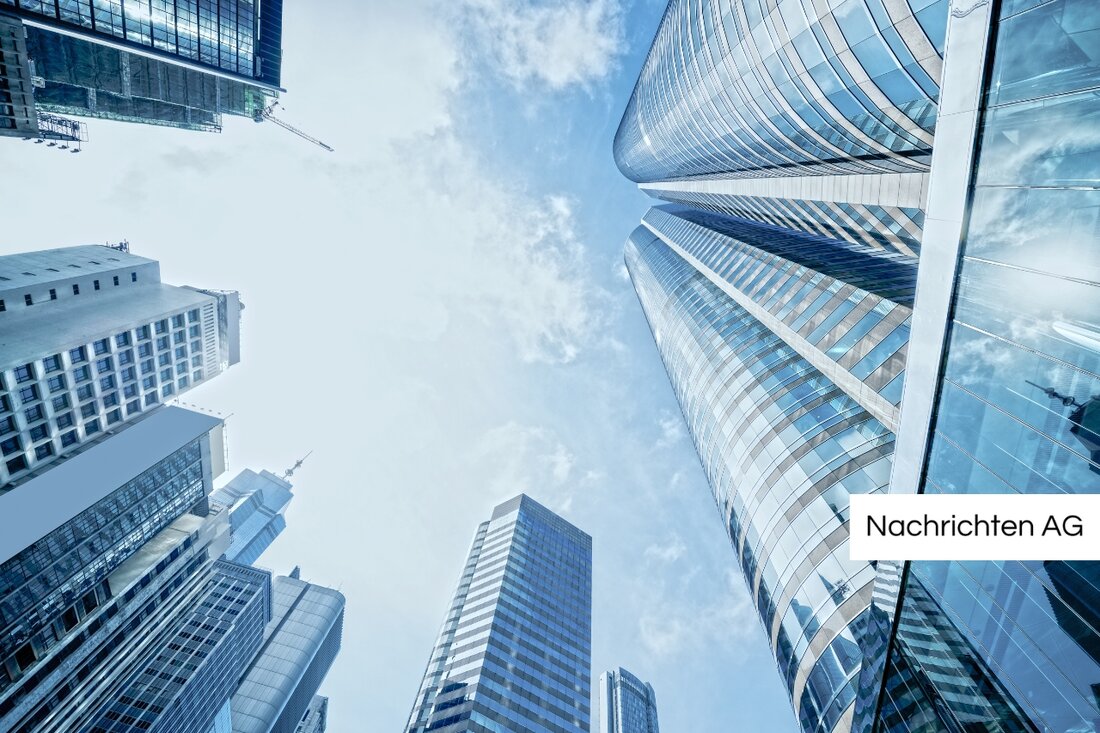Sisters united after 70 years: an emotional reunion!
Sisters united after 70 years: an emotional reunion!
Wien, Österreich - On May 19, 2025 at 9.10 p.m. ORF 2 exudes the new episode of the program "Topic", in which exciting and emotional stories are illuminated. Among other things, Christoph Feurstein will present the heartbreaking reunification of two sisters who have more than 70 years apart. The 78-year-old Helene Kelp from Vienna found her sister after spending the first three years of life in a children's home and was then adopted. Her mother was internally internal in the Ravensbrück concentration camp during the Second World War and emigrated to the United States after the liberation. Susan Taylor was born there, who only found out about her sister in Austria after her mother's death in 1995. Susan searched for her sister for three decades and finally found her. "Topic" will accompany the first meeting of the two women with the camera, which will surely be a touching moment for many viewers, so [ots.at] (https://www.ots.at/presseaus-sung/ots_20250516_ots0098/thema-schwestern-nach- more years).
Another important topic of the program is life rescue by stem cell donations. Tanja Keibel from Gallicia donated stem cells to the terminally ill American Isabelle Pichler from Neustift an der Lafnitz, which had a chance of survival of only five percent. Thanks to this donation, she continues to live today. Tanja received the news about the donation shortly before her 30th birthday and will report on her experience in the upcoming episode.
gray energy and sustainable building
Another focus of the current episode is on the gray energy that plays a central role in the construction industry. A considerable amount of gray energy is used in the construction and renovation of buildings, which is consumed by the manufacture, transport, storage, sales and disposal of a product or service. This "hidden" energy is often not recognizable for end consumers, but has a significant impact on the climate -damaging greenhouse gas emissions that are released in the provision of energy. In the construction industry in particular, building materials such as cement and steel are energy-intensive, which leads to the production of high amounts of gray emissions that are measured in kilograms CO₂ equivalent. However, gray energy can be reduced by sustainable manufacturing processes and the renovation of existing buildings instead of new buildings. This not only contributes to climate protection, but also to reduce the waste, since three quarters of the waste comes from construction sites in Austria, according to [Stratus.swiss] (https://www.stratus.swiss/magazin/detail/graue-energie-und-grae-emissions-bereutung-fuer-sustainable trade).
The Federal Government also pursues a strategy for sustainable construction that aims at climate neutrality and resource protection. As part of this initiative, suitable methods, data and tools are to be motivated all actors in construction in order to achieve a climate -neutral building stock by 2045. The requirements for sustainable construction include energy efficiency, the preservation of biodiversity, and the reduction in space consumption. Here the goals of the federal government are clear: a harmony of the various interests of the builders, users and society is necessary to meet complex requirements, which is why sustainable building (QNG) sustainability seals such as the quality seal have been introduced, which are aimed at the requirements of climate protection, resource protection and health protection. Further information about sustainable building is available publicly and free of charge, so bmwsb.bund.de.
| Details | |
|---|---|
| Ort | Wien, Österreich |
| Quellen | |


Kommentare (0)